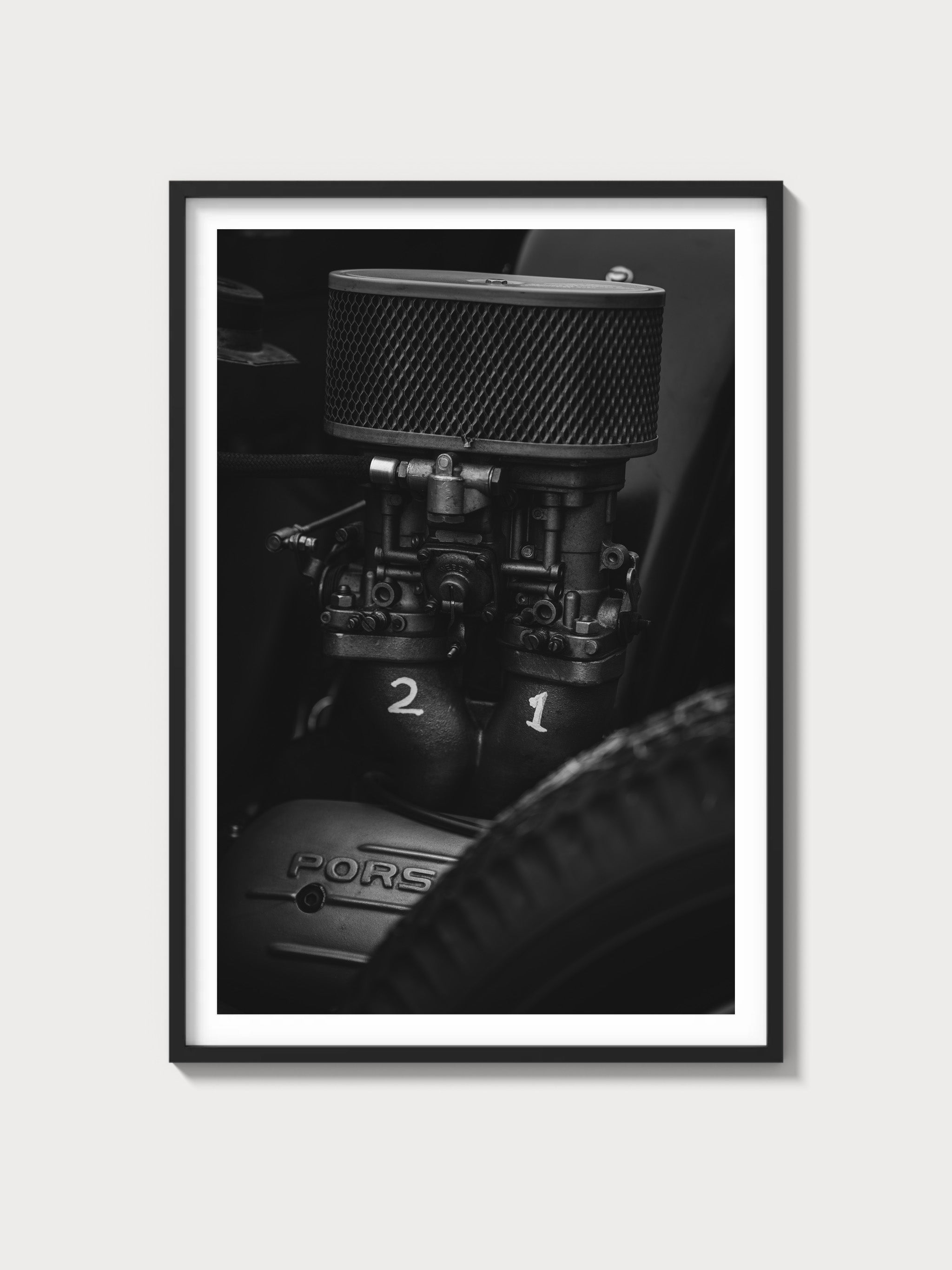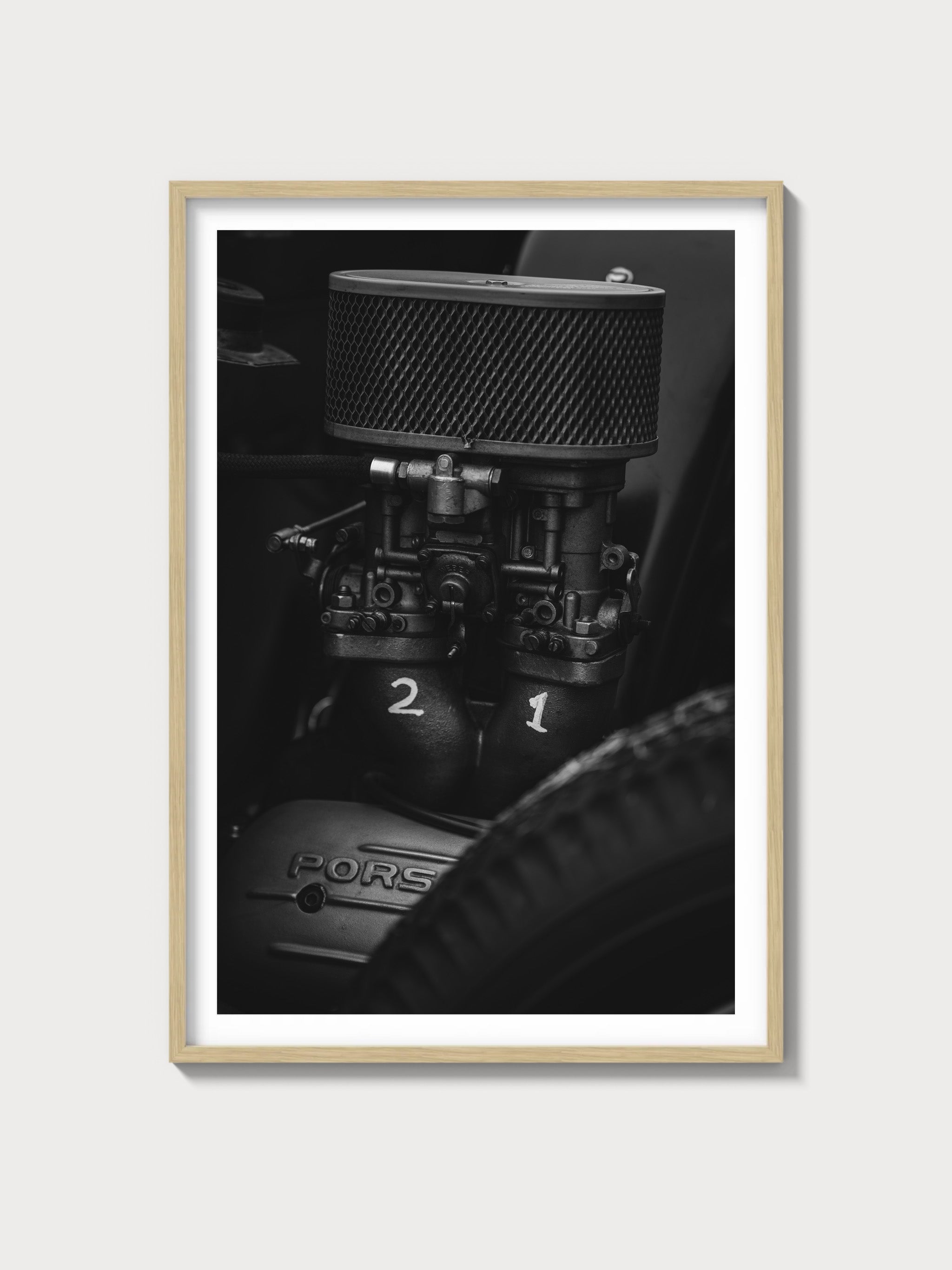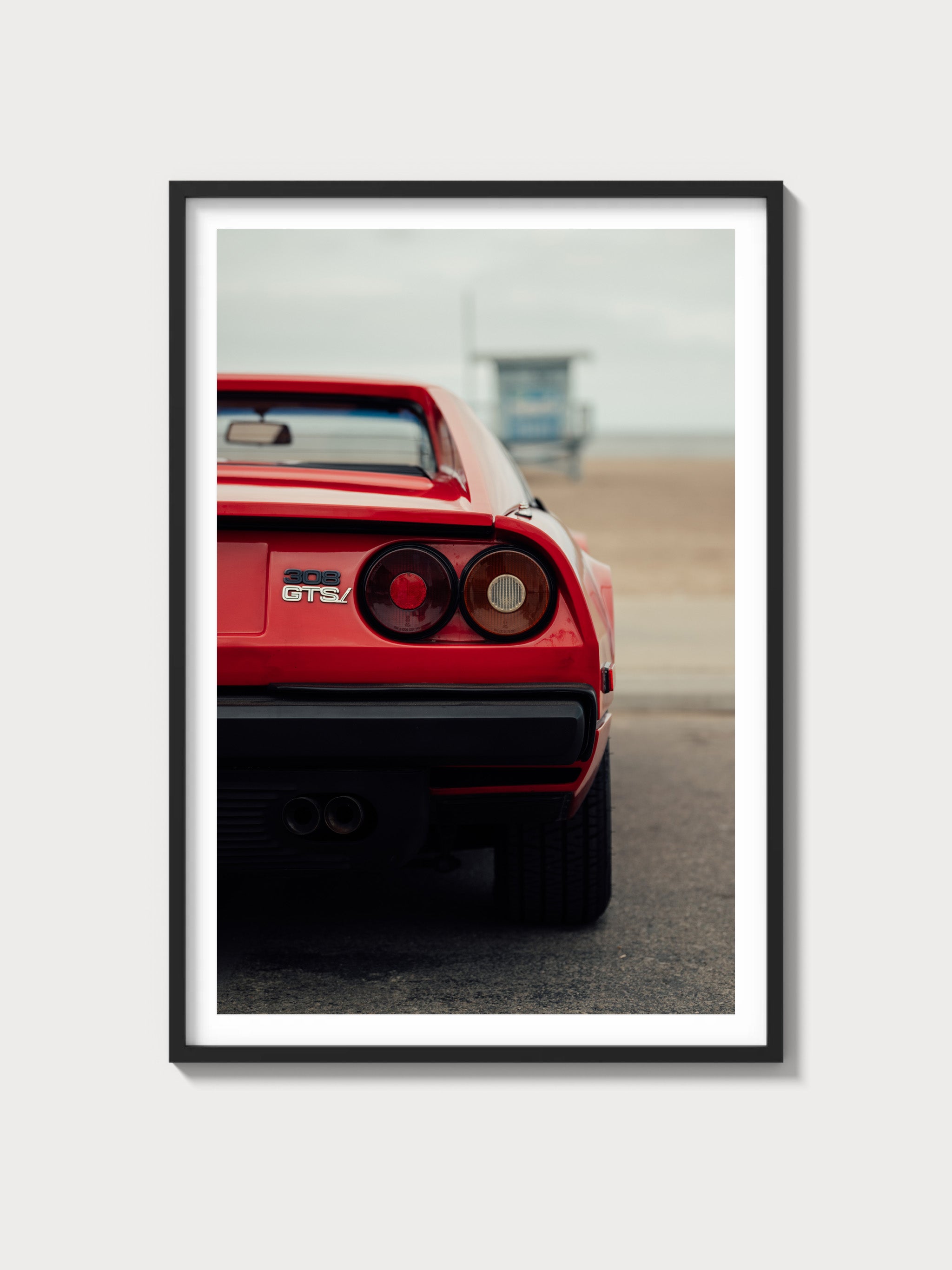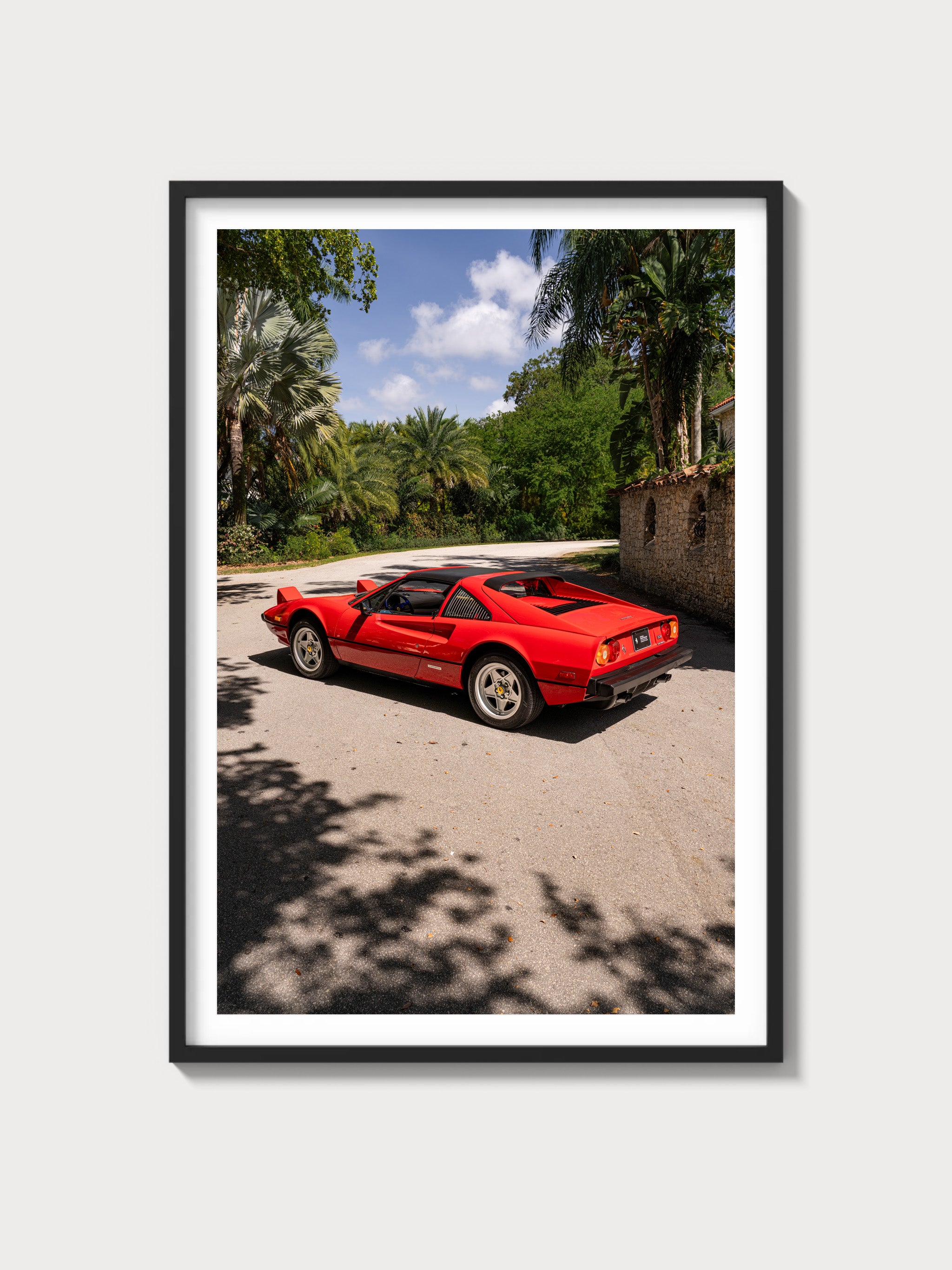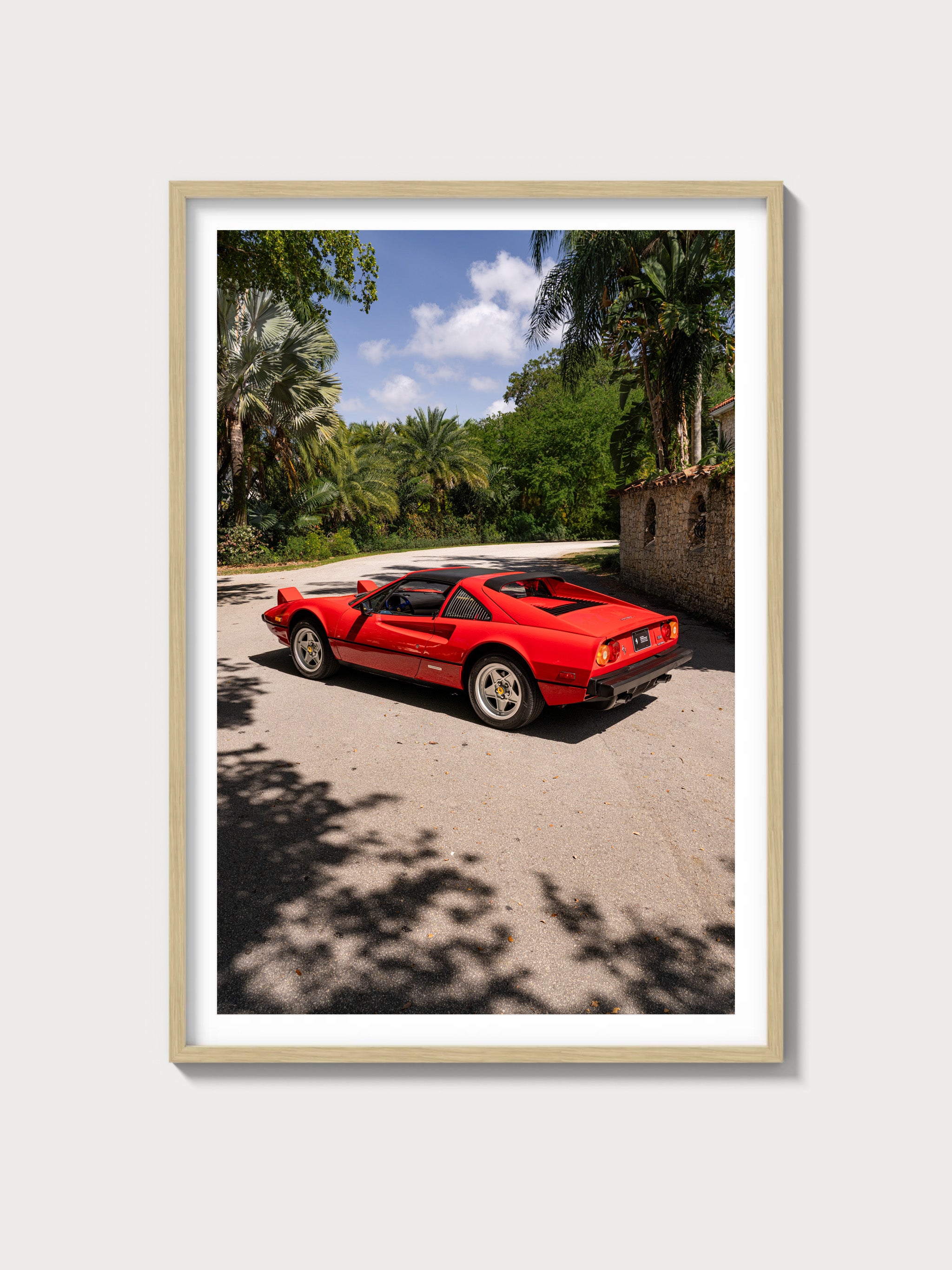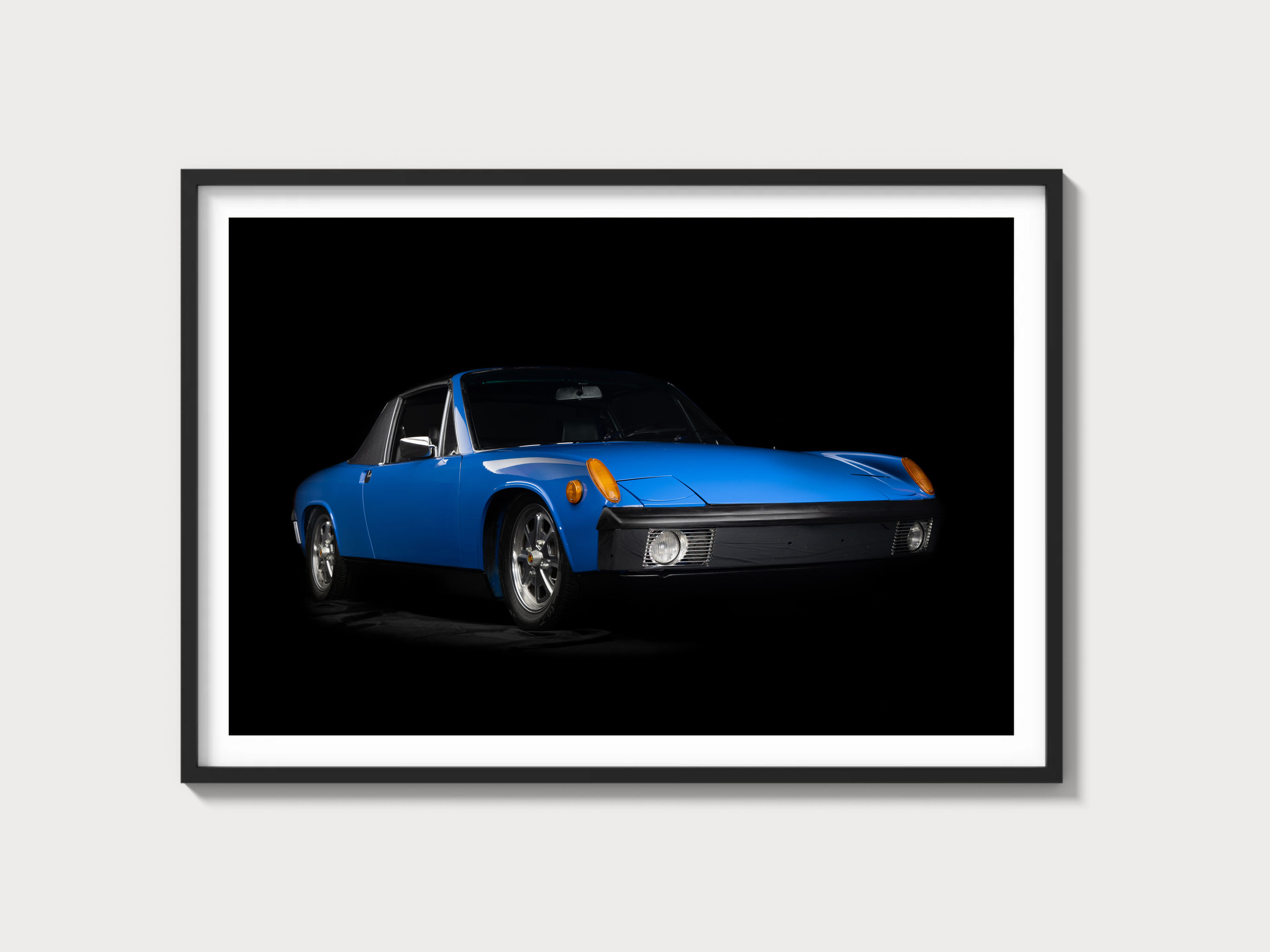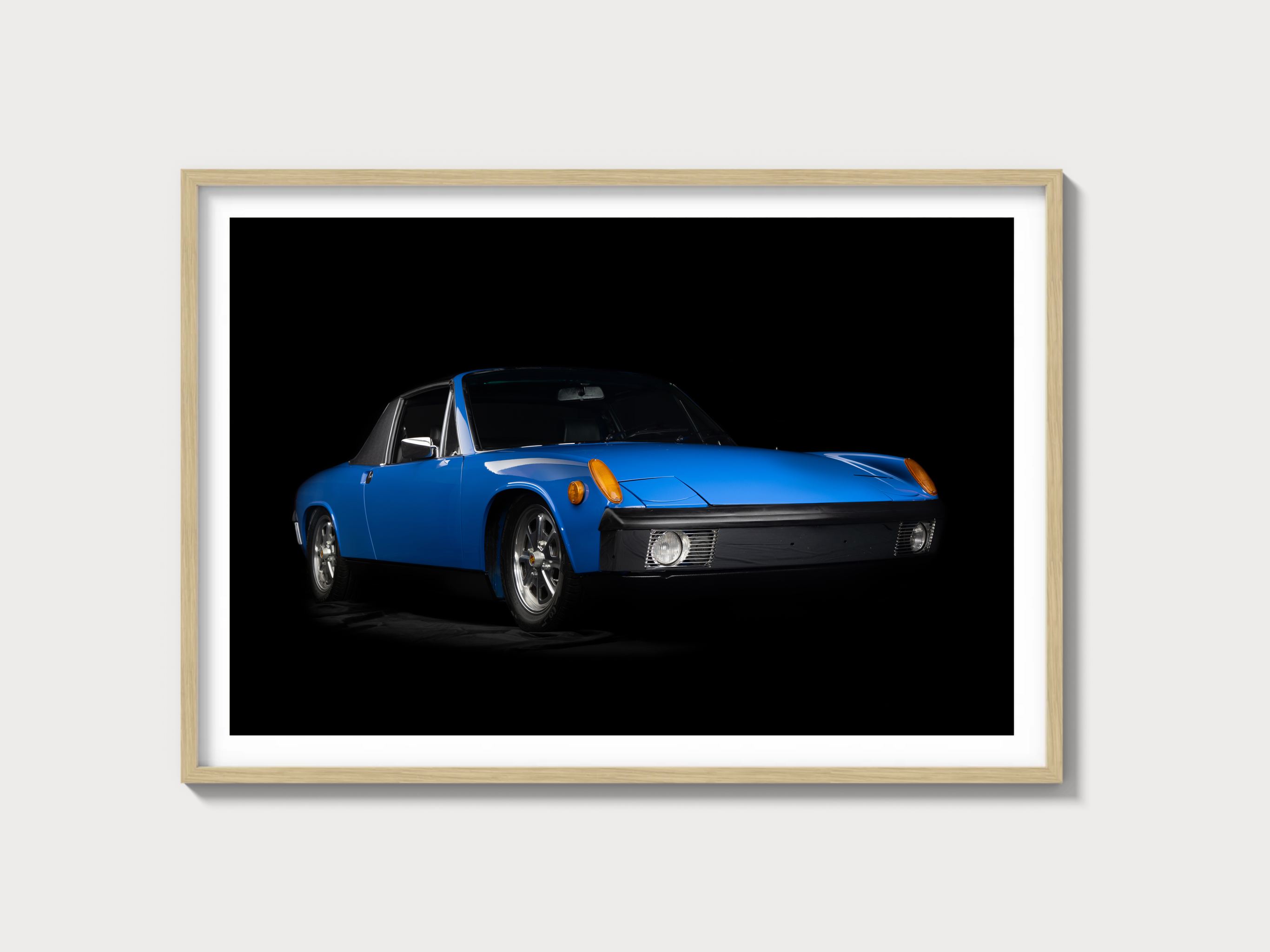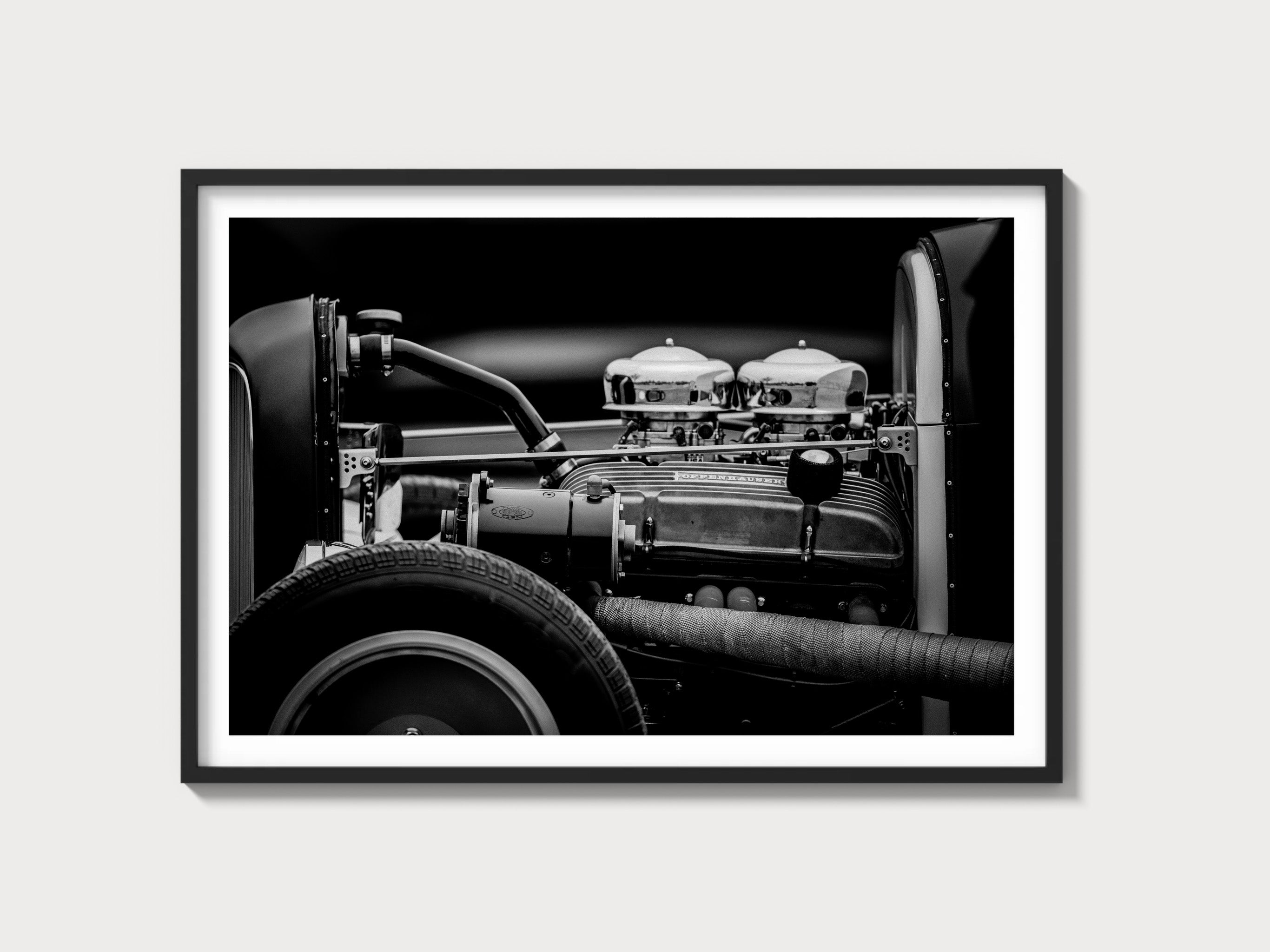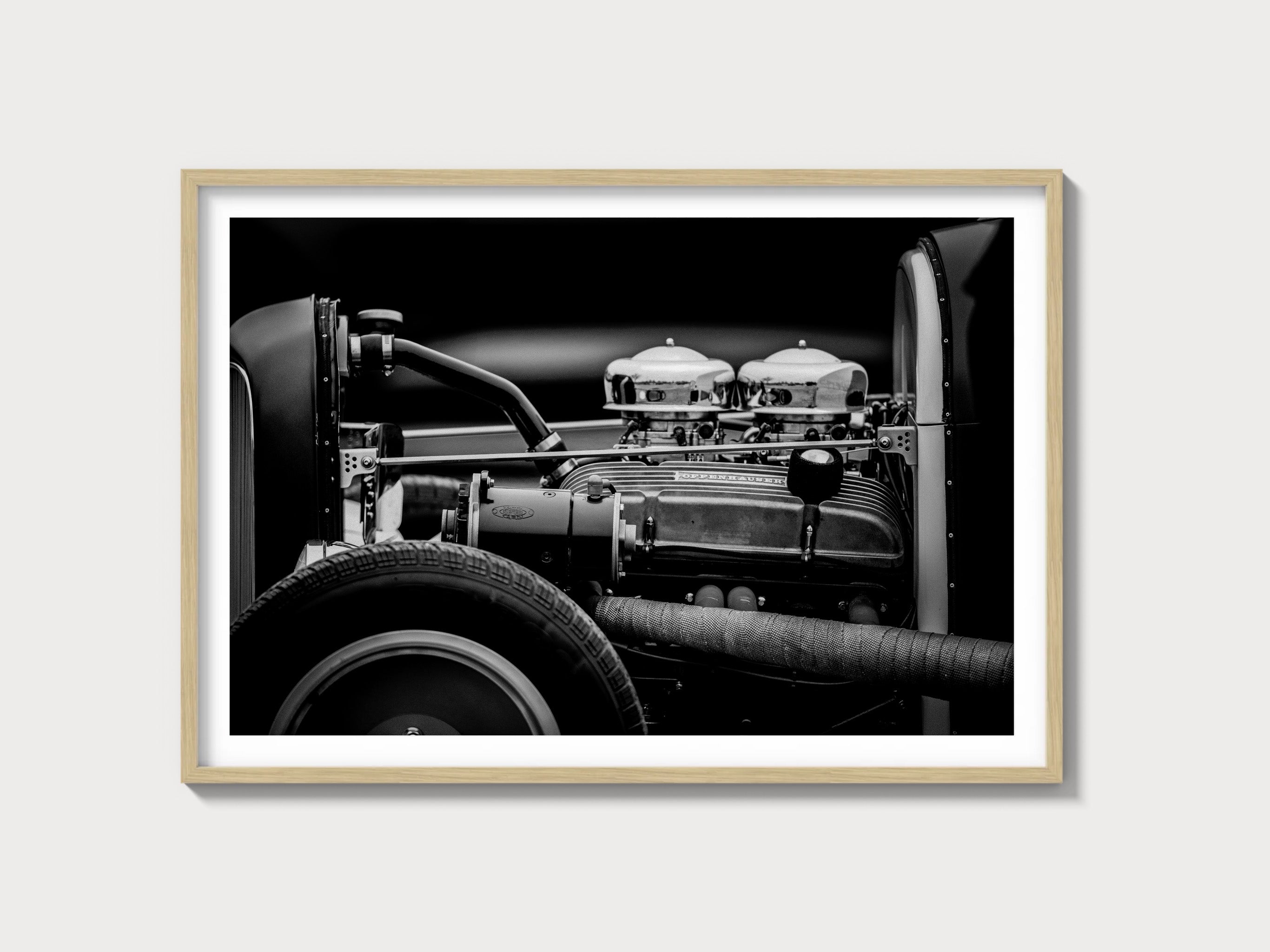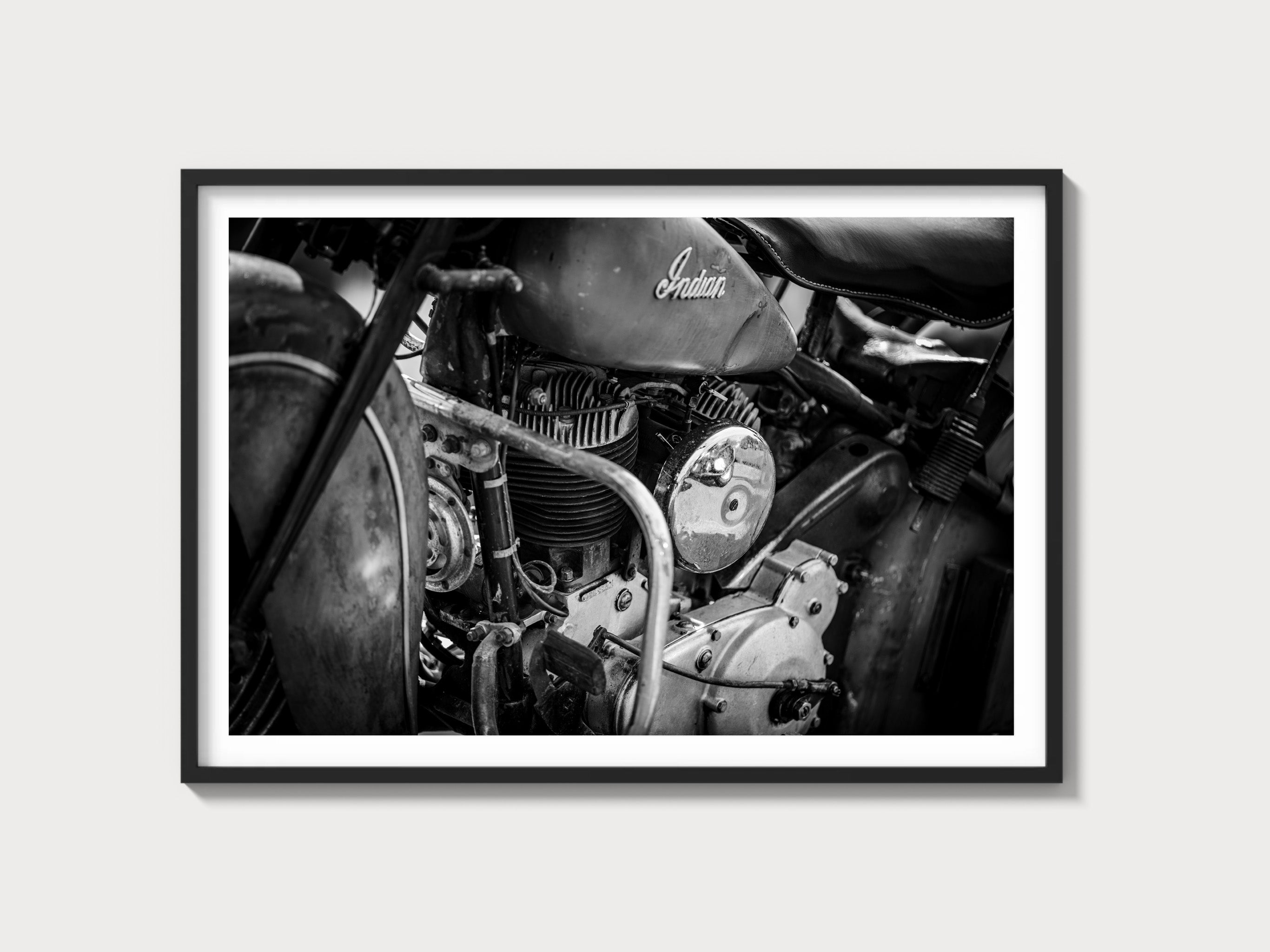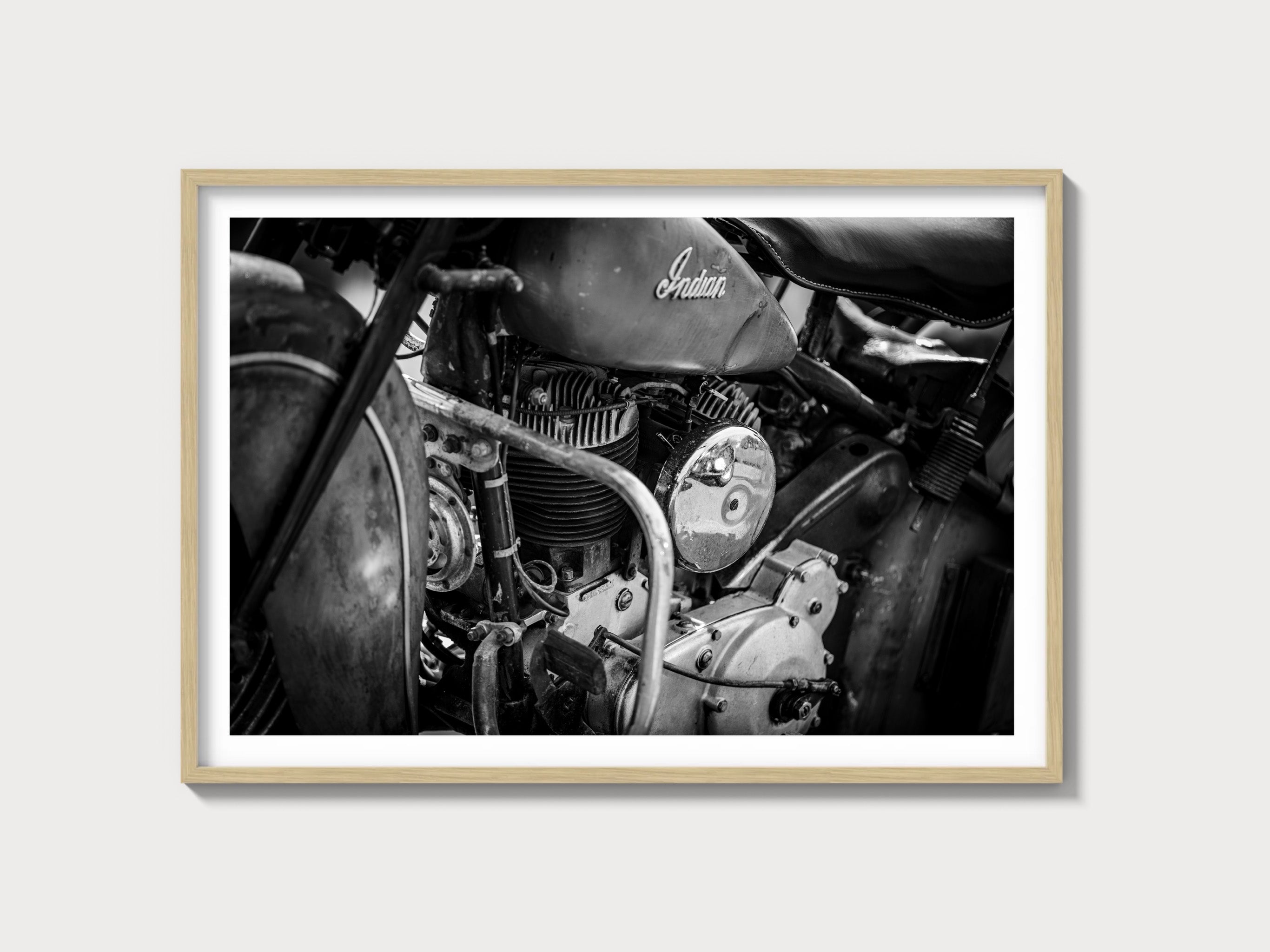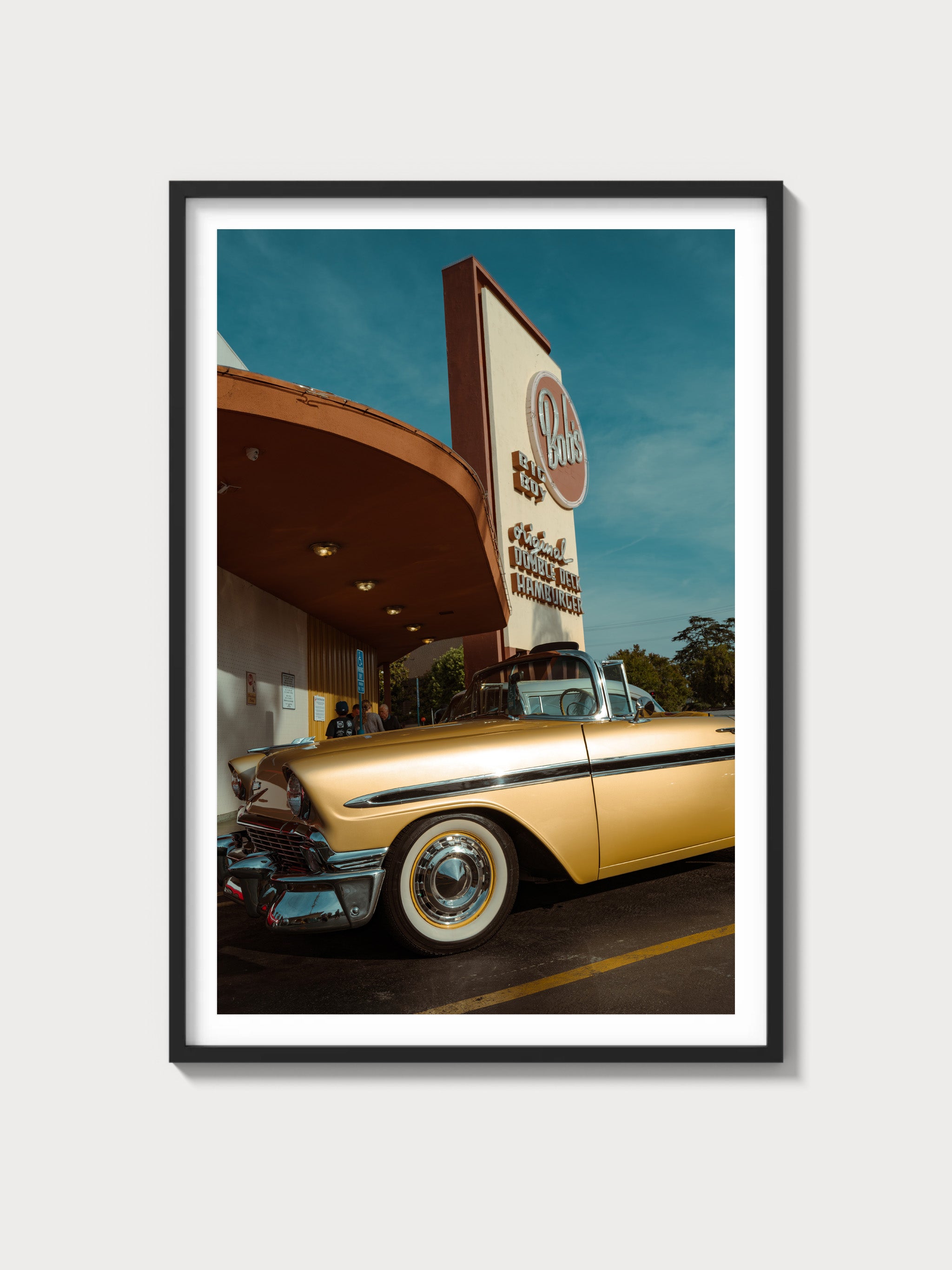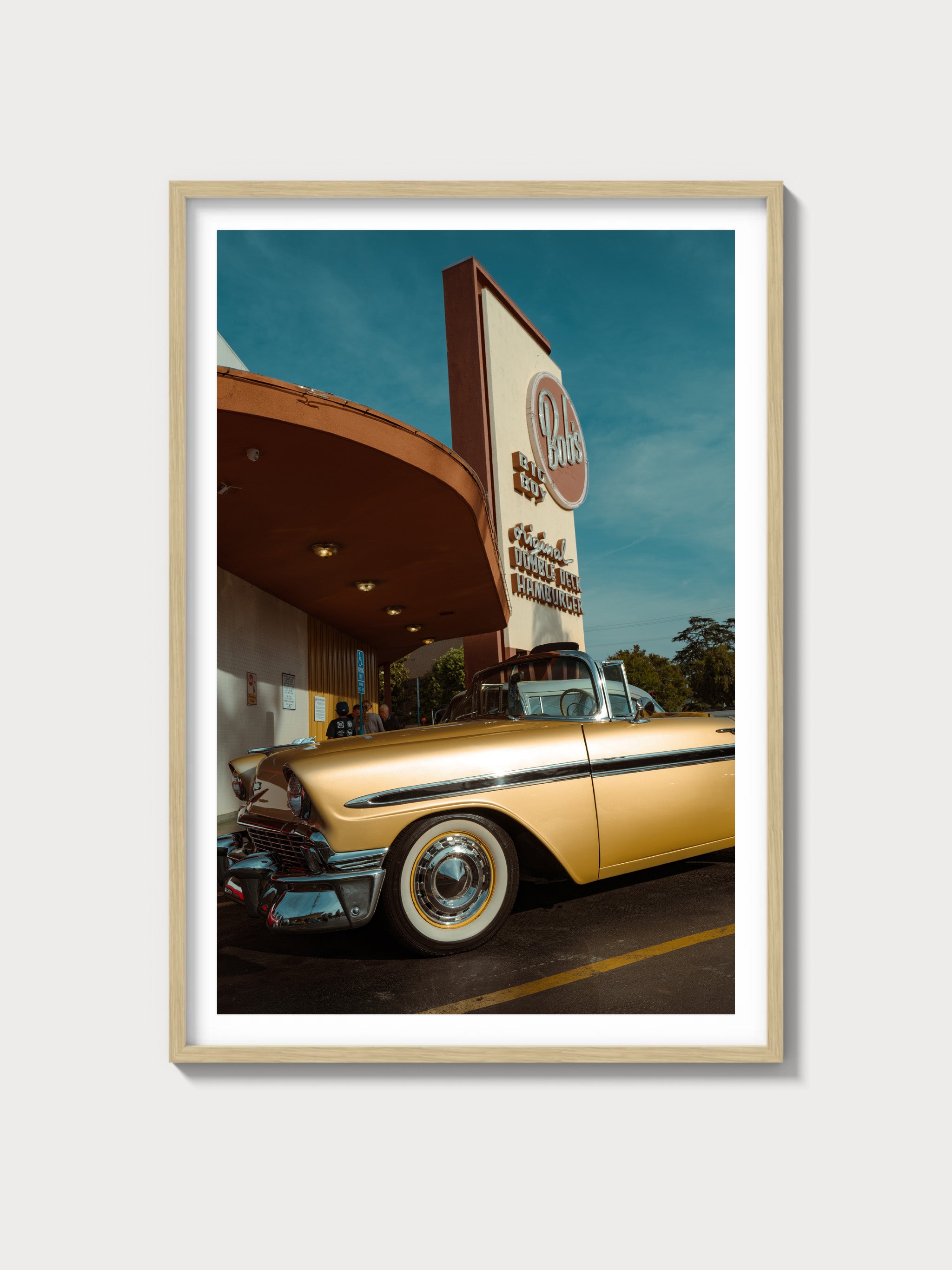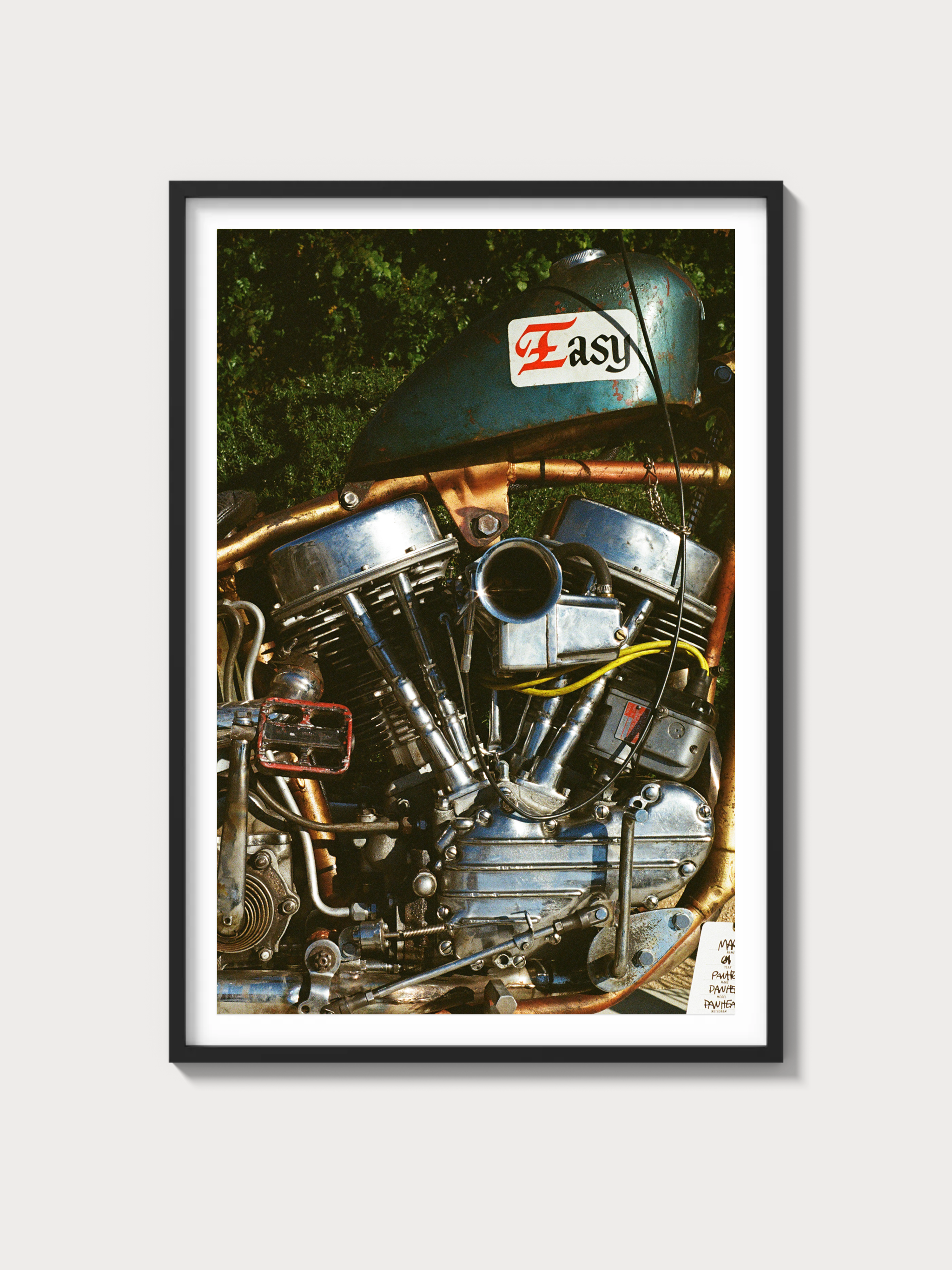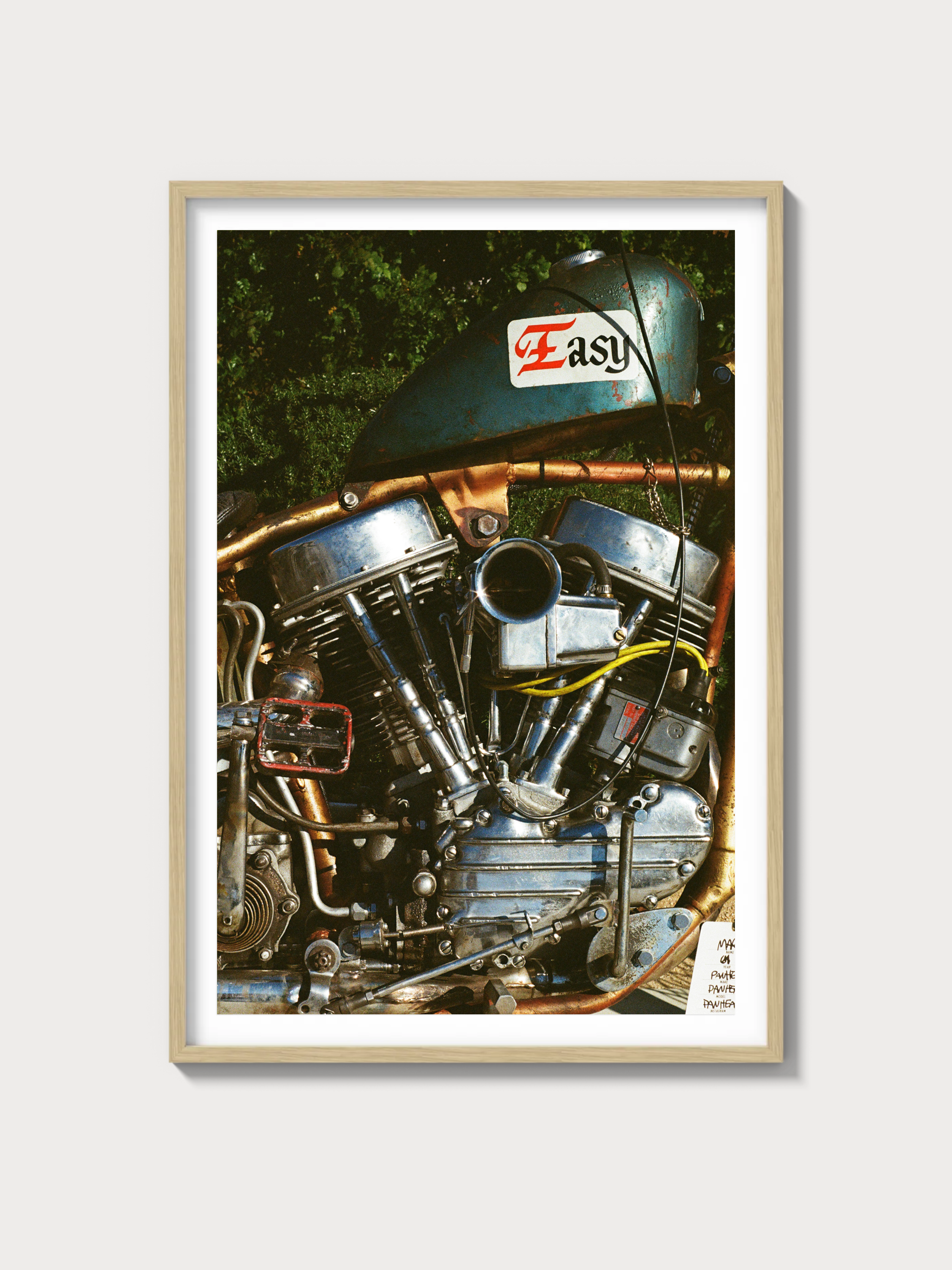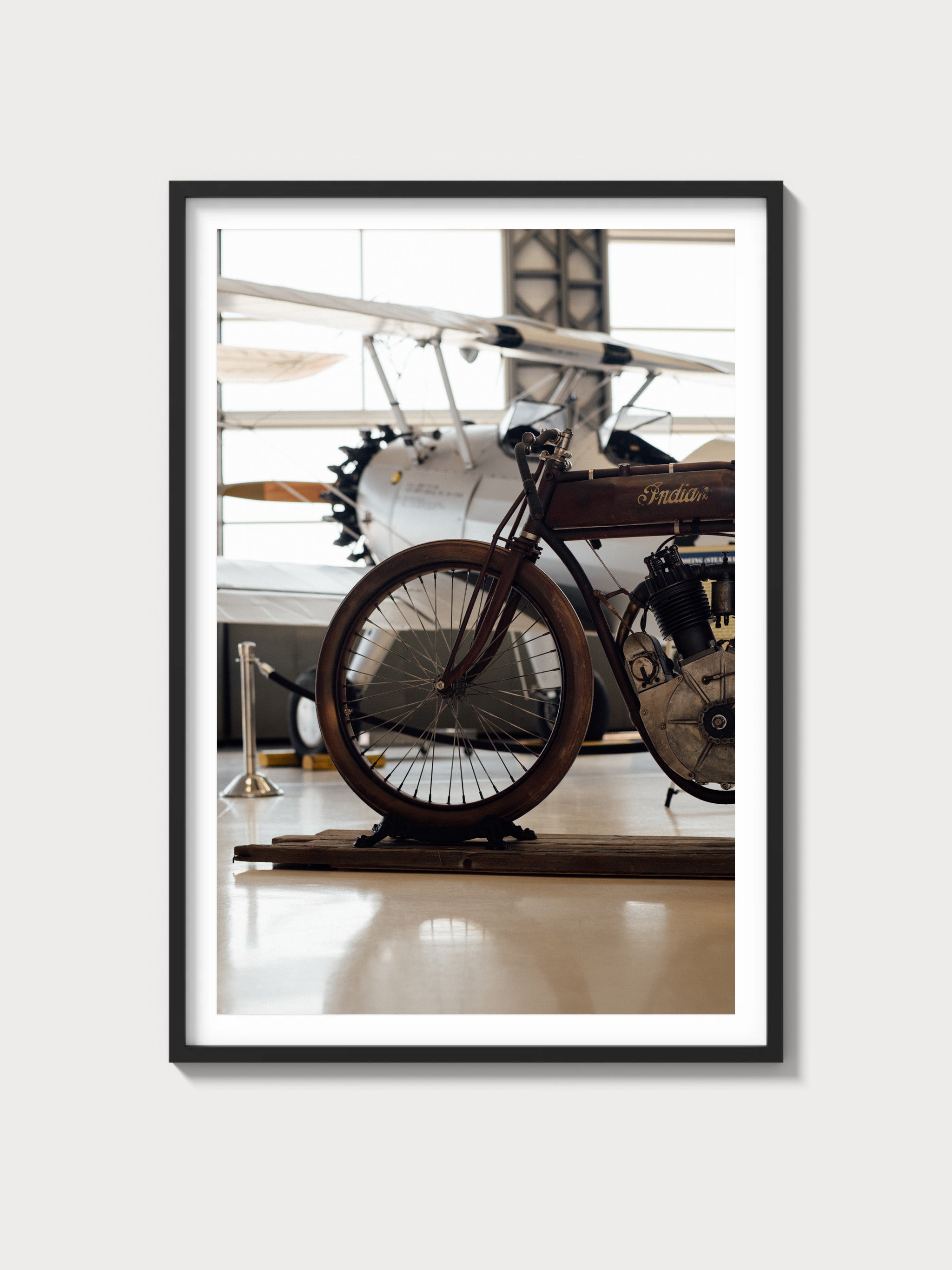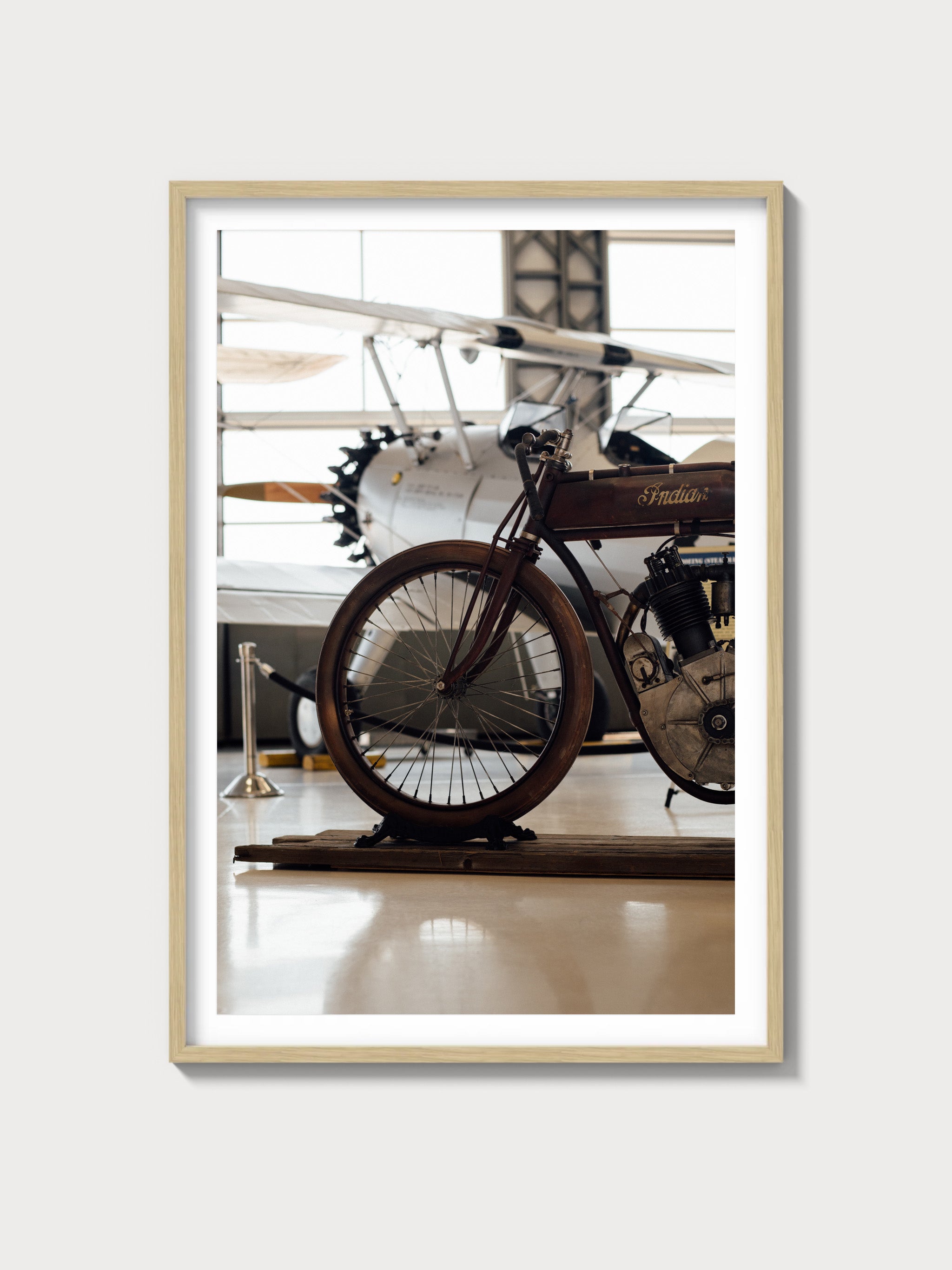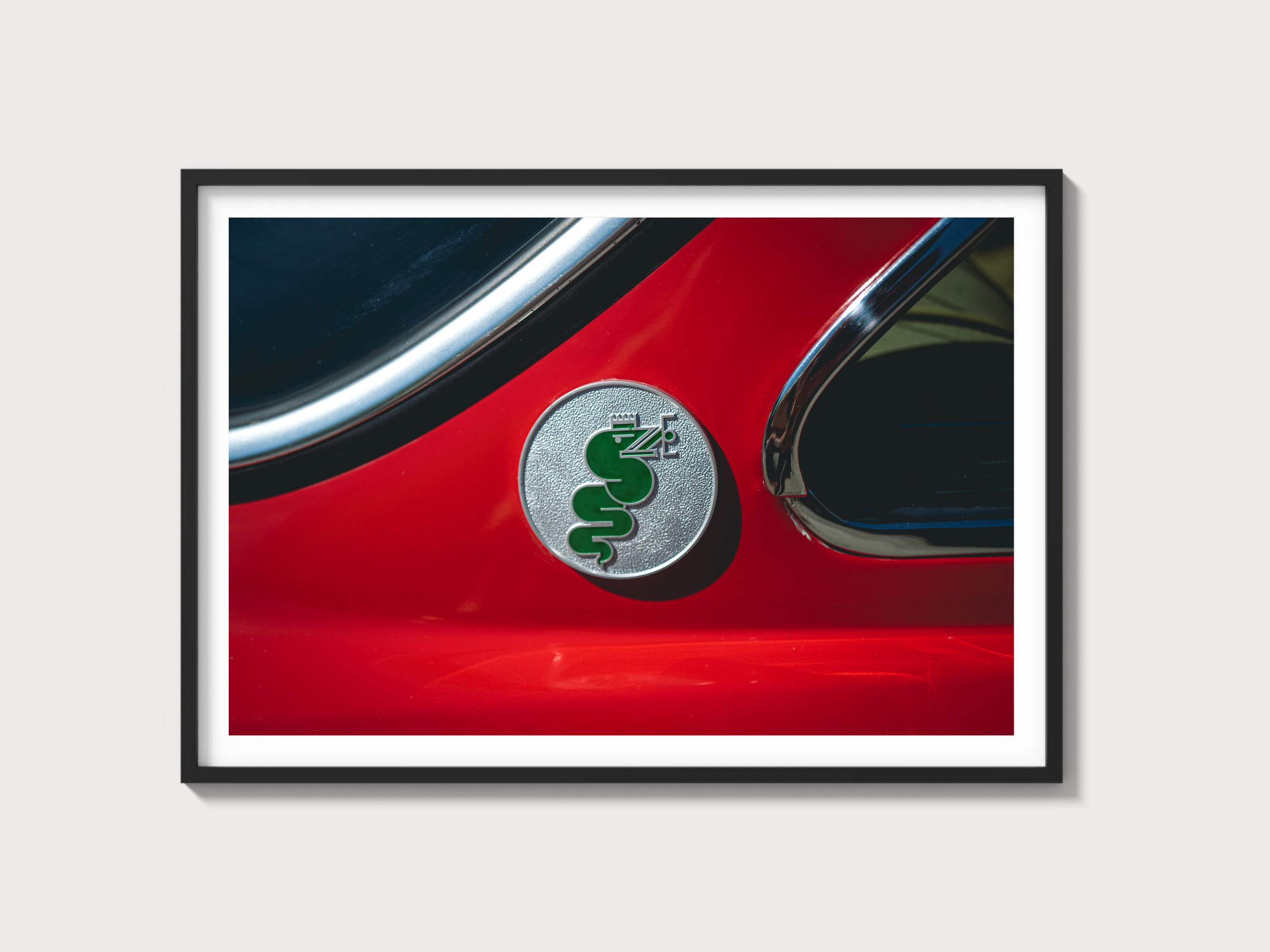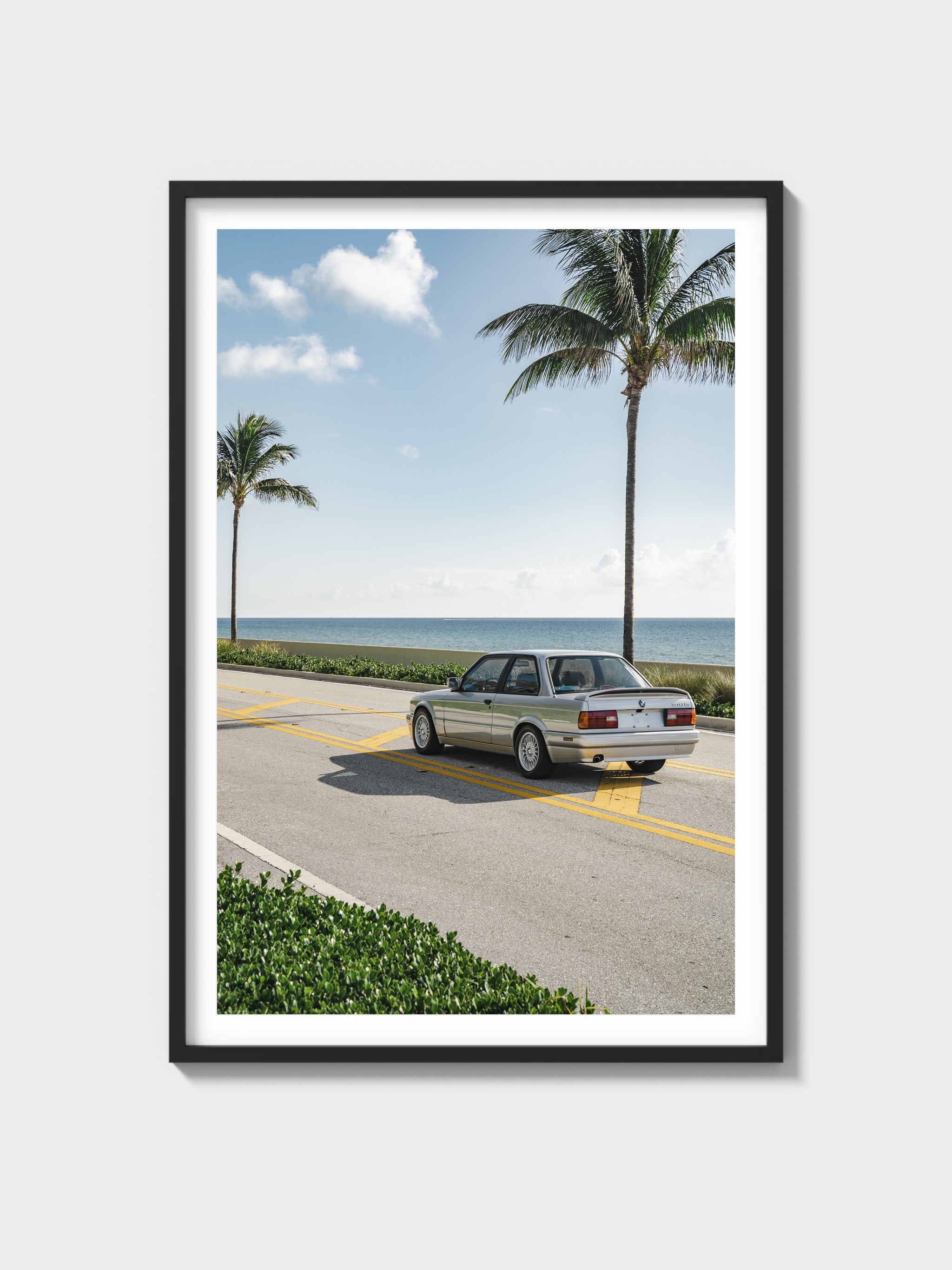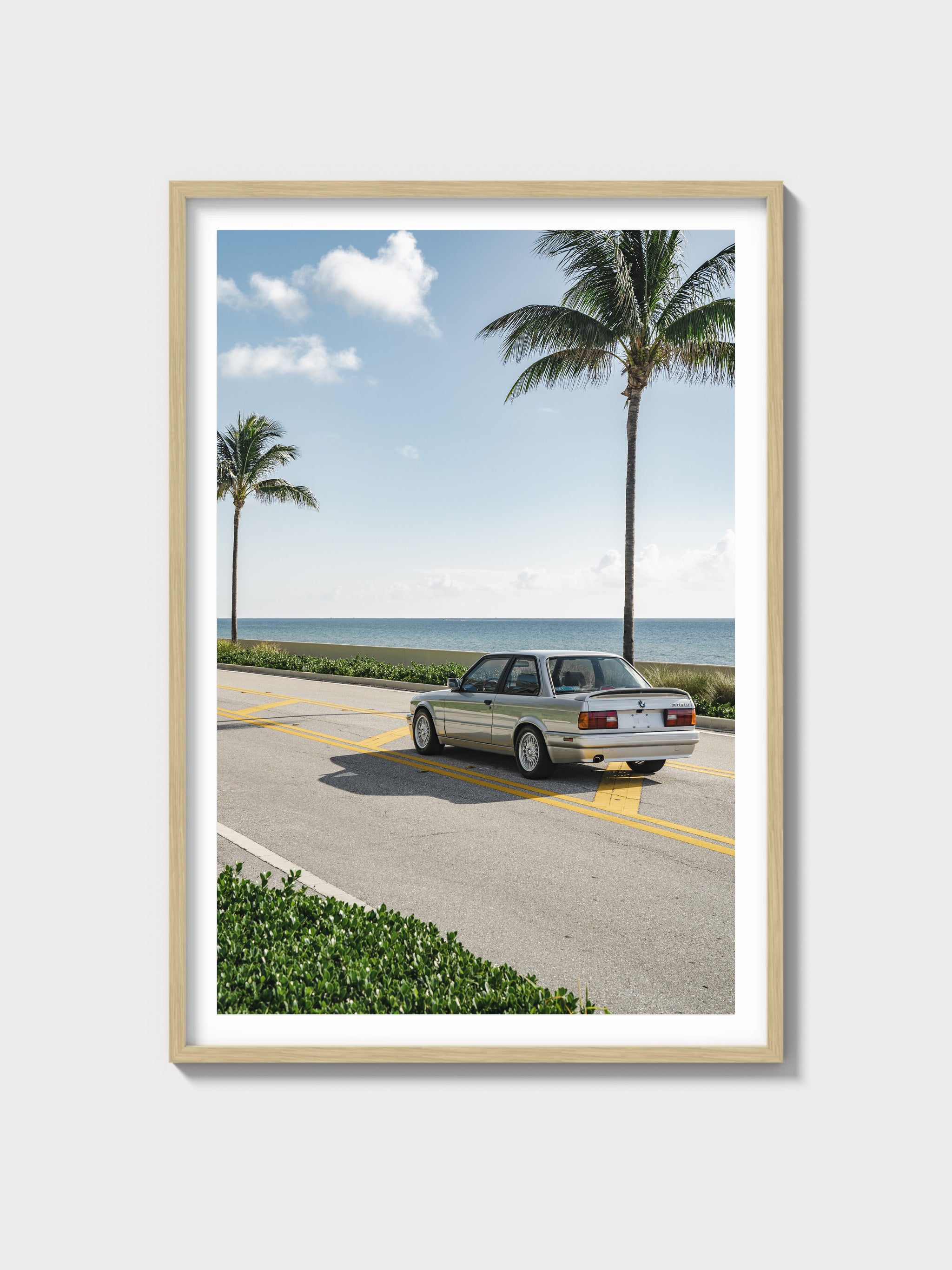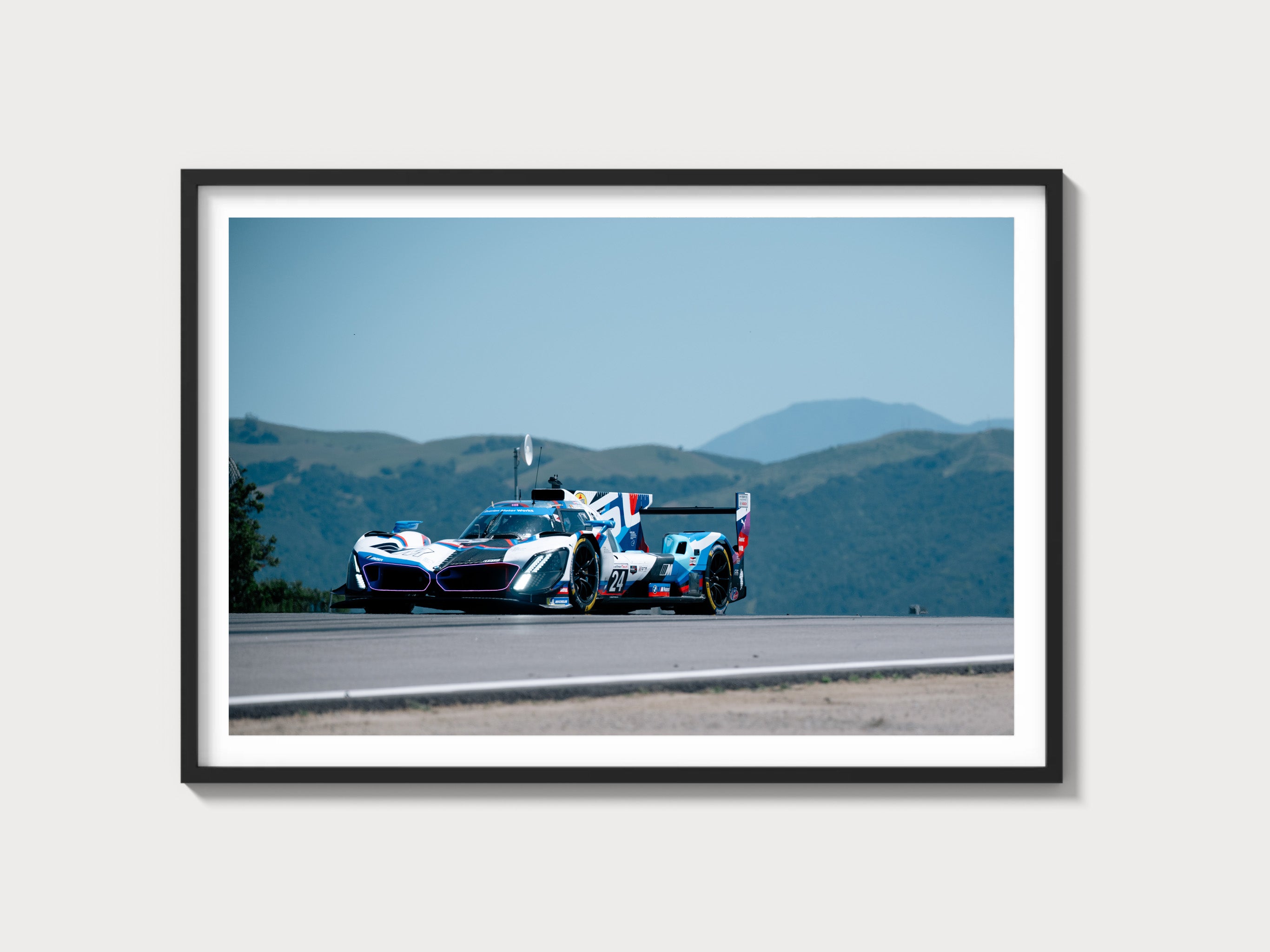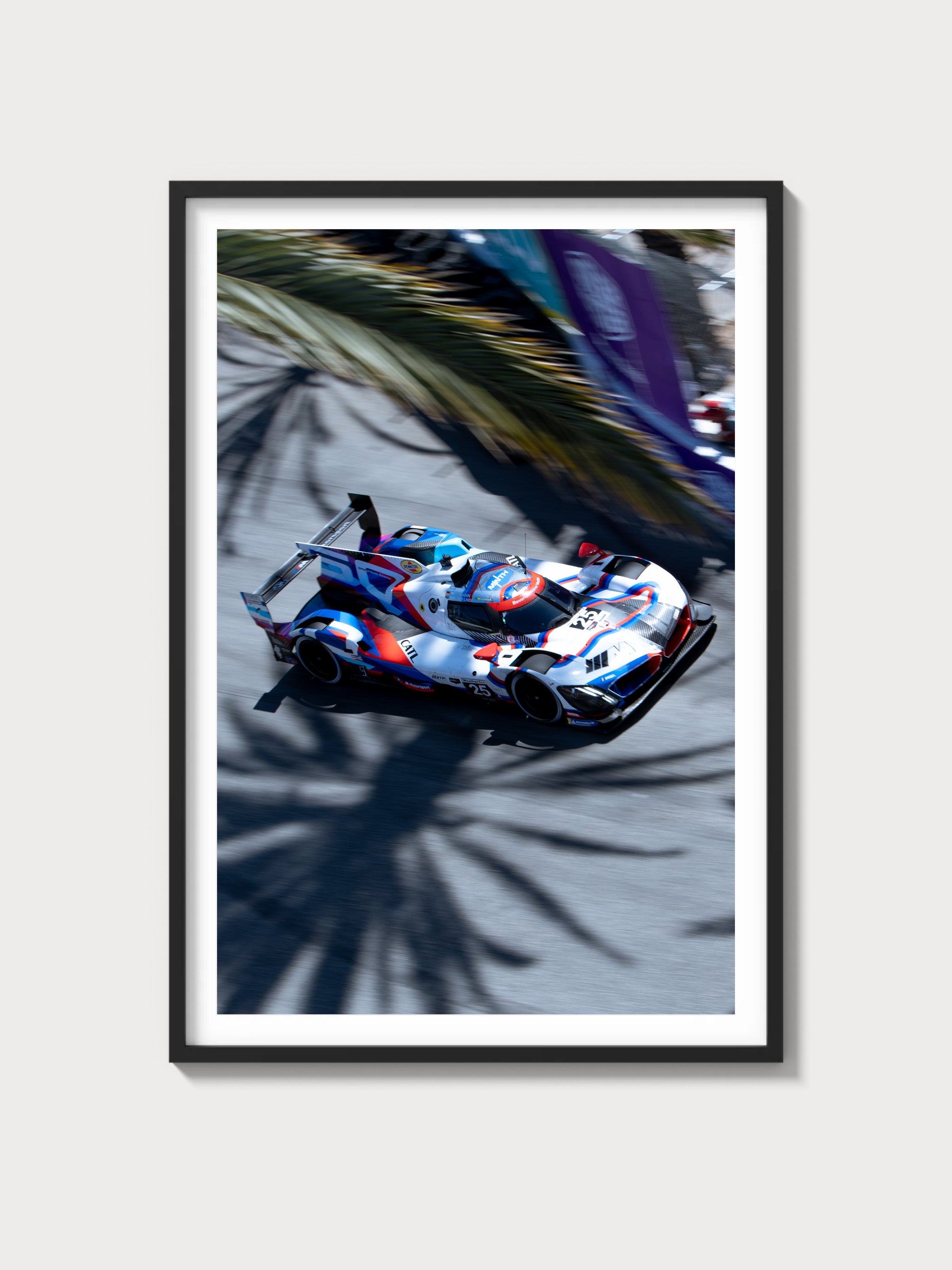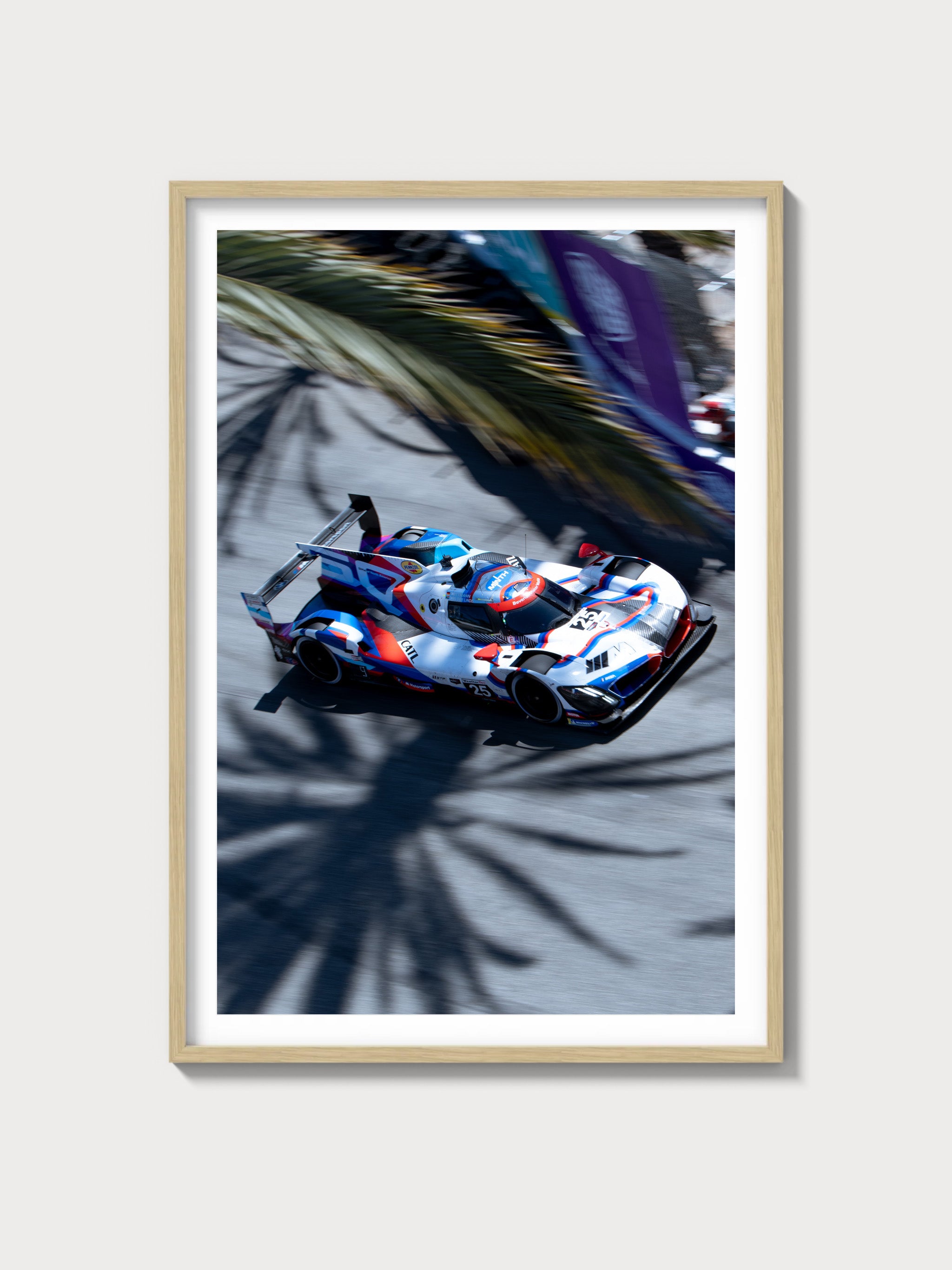The 1981–1982 Ford Granada Base: A Comprehensive Review
Historical Context and Development Background
The 1981–1982 Ford Granada Base emerged during a transitional era for the American automotive industry, marked by a shift towards more fuel-efficient and compact models in response to the oil crises of the 1970s. Positioned as a mid-size offering, the Granada Base was designed to blend the comfort of larger sedans with the practicality and efficiency demanded by the market. The Granada's styling drew from European influences, a nod to Ford's global strategy during this period.
Engine and Technical Specifications
| Engine Configuration | Inline-4, Inline-6 |
|---|---|
| Displacement | 2.3L, 3.3L |
| Horsepower | 88-117 hp |
| Induction Type | Natural Aspiration |
| Redline | 5000 RPM |
| Fuel System | Carburetor |
| Compression Ratio | 8.0:1 |
| Bore x Stroke | 3.78 in x 3.13 in |
Driving Experience and Handling Dynamics
The Granada Base offered a balanced driving experience, characterized by its smooth ride and predictable handling. The suspension system, featuring coil springs and anti-roll bars, provided adequate comfort on varied road surfaces. The gearbox options included a three-speed automatic transmission, providing effortless cruising capabilities, although lacking the precision of contemporary manual gearboxes. Throttle response was moderate, suitable for the family-oriented nature of the vehicle.
Full Performance Specifications
| 0–60 mph | 12 seconds |
|---|---|
| Top Speed | 105 mph |
| Quarter-Mile | 18.5 seconds |
| Weight | 3000 lbs |
| Layout | FR (Front-engine, Rear-wheel-drive) |
| Brakes | Disc/Drum |
| Suspension | Independent Front, Live Rear Axle |
| Gearbox | 3-Speed Automatic |
Variant Breakdown
| Trim/Edition | Production Numbers | Features |
|---|---|---|
| Base | Approximately 50,000 | Standard features, primarily utilitarian design |
| L | N/A | Upgraded upholstery, additional chrome trim |
| GL | N/A | More luxurious interior, power windows |
Ownership Notes
For enthusiasts considering ownership, the Granada Base offers a straightforward maintenance profile. Parts availability is generally good due to the vehicle's shared components with other Ford models of the era. Restoration efforts are relatively uncomplicated, though sourcing specific trim pieces can pose challenges. Regular service intervals include oil changes every 3,000 miles and timing belt inspections every 60,000 miles.
Cultural Relevance
While the Granada Base did not achieve significant fame in media or motorsports, it remains a respected model among collectors for its embodiment of early 1980s automotive values. Auction prices for well-preserved examples have been steadily climbing, reflecting a growing appreciation for its understated charm and historical significance.
FAQs
- Is the Ford Granada Base reliable? Yes, it is known for its durability and ease of maintenance.
- What are the value trends for the Granada Base? Values are on the rise as classic car enthusiasts recognize its historical appeal.
- What engine options were available? The Granada Base was offered with a 2.3L inline-4 and a 3.3L inline-6.
- What are common problems to look for? Potential buyers should inspect for rust in the bodywork and verify the condition of the carburetor.




